When talking about which game genre is the most competitive right now, "Search, Fight, Evacuate" (搜打撤) is undoubtedly one of them. The competition here has gone beyond the intense battles between similar products. Sci-fi, fantasy, wuxia, and other genres are all being transformed into the style of "Search, Fight, Evacuate," as if everything could become "Search, Fight, Evacuate." At the same time, many seemingly unrelated games have also introduced their own independent "Search, Fight, Evacuate" modes, hoping to capture a share of the market.
As one of the earliest domestic games to adopt the "Search, Fight, Evacuate" model, Escape from Tarkov has become both a pioneer in this genre and the target that later developers are eager to challenge and surpass. It would have been good enough for it to hold its own in such a highly competitive market.
However, Escape from Tarkov doesn’t seem satisfied with just that.
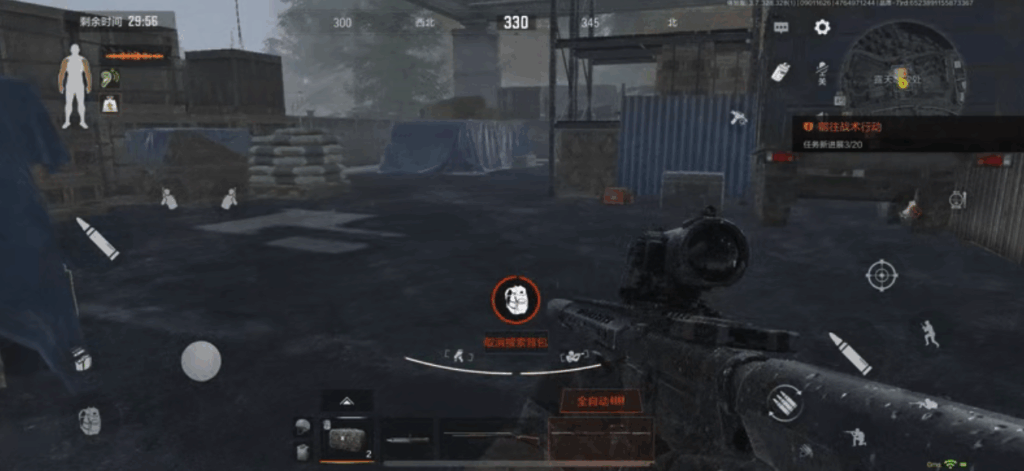
According to statistics from Qimai Data, the mobile version of Escape from Tarkov has remained stable on the iOS bestseller list, even managing to break into the top ten during the summer. The producer even mentioned that the daily active user (DAU) growth this year is better than last year's, with active retention still on the rise. Perhaps feeling that these figures weren't direct enough, the official team recently released new data showing that the DAU for the game has surpassed 10 million.
This data indicates at least two things: first, Escape from Tarkov hasn’t declined; instead, it’s still growing, and its user base hasn’t yet reached its peak. Second, the recent operational and version updates have been successful, receiving positive market feedback.
So, the question arises: how has Escape from Tarkov, a game that has been online for three years, managed not only to keep up but actually accelerate in such a crowded market?
01 Three Years Later, Still Hardcore
Explaining this in one sentence isn’t easy. Escape from Tarkov doesn't rely on a viral collaboration or a massive version update; instead, it has adhered to a more fundamental approach — redefining its most important label: "hardcore."
This shift in mindset is reflected in some of the changes made this year, such as allowing players to move slowly while using a medkit, reducing the damage spread after limbs are shot, and even announcing when a player finds a large amount of gold on the map. These lightweight adjustments might lead some players to question: Has Escape from Tarkov lost its hardcore edge?
Behind this doubt lies a more fundamental question: In 2025, how should we define "hardcore"?
In many players' minds, "hardcore" equals realism, often characterised by slow-paced gameplay and complex decision-making chains. In reality, hardcore is more of a design direction rather than an absolute standard. A thousand game designers might have a thousand different interpretations of hardcore.
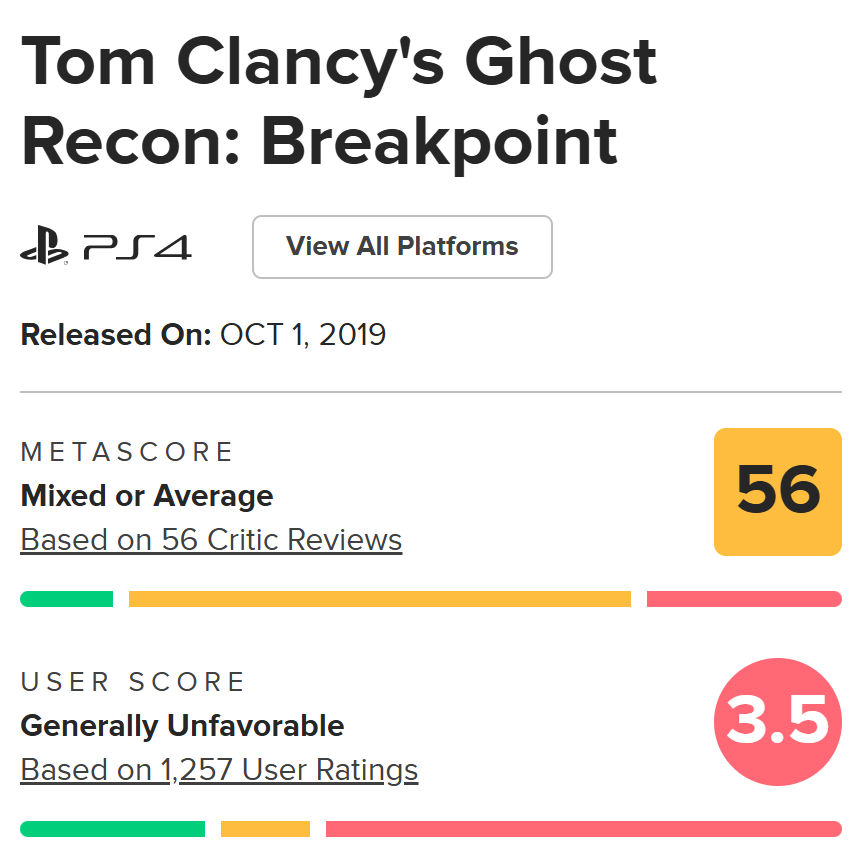
Realism, of course, is an integral part of the hardcore experience, but it has never been the ultimate goal — it's just one means to an end. In fact, often, in order to ensure immersion and enjoyment, a good hardcore design might need to deviate from reality intentionally.
Take the bulletproof armour system in Escape from Tarkov as an example. Although its materials and appearance are well-designed to be realistic, its 1-6 level protection system is mainly based on gameplay considerations rather than following real-world physics. This "unrealistic" tiered system has made the armour mechanics more solid, deep, and strategic, earning widespread player approval.
On the other hand, Escape from Tarkov's armour changes in version 0.14 provide a stark contrast. The version added independent injury determinations for areas such as the ears and throat, which lack armour protection. While this is highly realistic and hardcore, the result? For most players, these overly meticulous death determinations led to frustration. This shows that an overzealous pursuit of realism can sometimes harm the experience.
Perhaps having realised this, many of Escape from Tarkov's updates this year — such as the permanent grenade trajectory, the display of throwing item explosion times, and the mini-map in the upper right corner — seem to follow the same principle: preserve the core of hardcore while eliminating the unnecessary shell.

What’s the core? It’s the high-risk, high-reward gameplay, the sense of achievement from defeating strong enemies, the adrenaline-pumping tension. The shell, however, consists of tedious designs that only increase the player's operational burden without adding strategic depth. In simple terms, that’s just unnecessary hurdles, not hardcore.
Some designs in Escape from Tarkov's first season were unnecessarily tricky.
In terms of specific optimizations, Escape from Tarkov didn’t make drastic, revolutionary changes, but instead took small steps, making adjustments and optimizations to particular details in each season. Each change might not seem groundbreaking on its own, but cumulatively, it has made the path to a hardcore experience smoother.
sations, Escape from Tarkov didn’t make drastic, revolutionary changes, but instead took small steps, making adjustments and optimisations. However, this raises the following question: Since these lightweight changes can attract more new and casual players, and since their numbers far exceed those of hardcore players, why not simply abandon hardcore and fully embrace the mass market?
The answer might be simple: Escape from Tarkov initially gained a foothold due to its hardcore nature. If it blindly pursues mainstream appeal, it would lose its defining trait and ultimately fade into the crowd of fast-paced shooters.
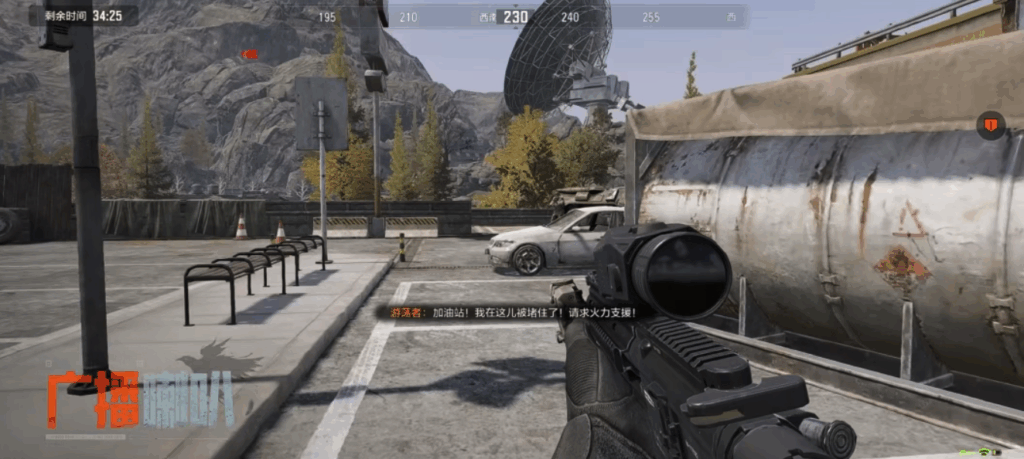
A typical example is Tom Clancy's Ghost Recon: Breakpoint, where simplifying the stealth and survival mechanics led to a loss of immersion.
Thus, we can see that Escape from Tarkov has maintained its commitment to hardcore gameplay over the past three years.
For instance, in Escape from Tarkov, the domestically-produced QBZ191 assault rifle is not only visually recreated, but the developers have also paid attention to intricate details like the "front hook and rear catch" magazine loading method inherited from the QBZ-95, the ambidextrous magazine release button, and the integrated, non-detachable front sight. These details, which might only be noticed by military enthusiasts, have all been faithfully recreated in the game.
The game’s producer, "Ma Qiang Guai Jacob," even filmed himself testing the real gun and posted a detailed video on Bilibili.
Another example is the S14 PV. Escape from Tarkov invited a team of military bloggers, composed of professionals and veterans, to guide the production. The resulting video features everything from close-quarters battle (CQB) details to the classic Mozambique drill and post-kill follow-up shots. This meticulous attention to detail even had viewers flooding the comment section with remarks like, "It feels like the S1 trailer" and "This is a film studio-level production."
If the focus on military equipment and tactics strengthens the hardcore feel, the highly anticipated hardcore mode introduced recently in Escape from Tarkov is a direct response to the core hardcore gameplay itself.
The mode was first teased during a livestream by streamer "Xiao Jie (Escape from Tarkov)," generating significant anticipation among players. On October 3, the Hardcore mode officially launched in the S15 test server as a limited-time event, bringing back settings from early versions of the game to run alongside the regular mode, giving players a choice. If it receives positive feedback, it may be made a permanent feature.
In this mode, the crosshairs, voice print, compass, and mini-map are all removed, and convenient actions like one-click reloading are also eliminated. This design requires players to rely more on in-game observation and personal experience to assess the situation, catering to hardcore players seeking extreme challenges.
02 Focusing Only on Search, Fight, Evacuate, Yet Still Achieving Success
To refine gameplay, the key lies in adjusting the details. To know which details need modification, player feedback is crucial. There are many ways to gather input, including official surveys, beta tests, and player meetups. But these channels have long feedback loops, and the information is often filtered and processed. In contrast, Escape from Tarkov has taken a more direct approach: Producer 117 personally engages with players on Bilibili, turning the comment section into a primary gathering ground for real-time feedback.
It’s worth noting that in 117’s video comments, overwhelming complaints and insults aren’t the norm. More often, you’ll see players submitting structured feedback, describing specific issues they encountered and providing detailed optimisation suggestions, all in a polite and focused manner, centred on the game itself.
This high-quality communication is clearly more than just "the official team being down-to-earth." It enables the development team to directly identify where players feel uncomfortable and which designs require improvement.
In fact, the development team has translated these real-time, genuine pieces of feedback into continuous adjustments to the game’s core experience.
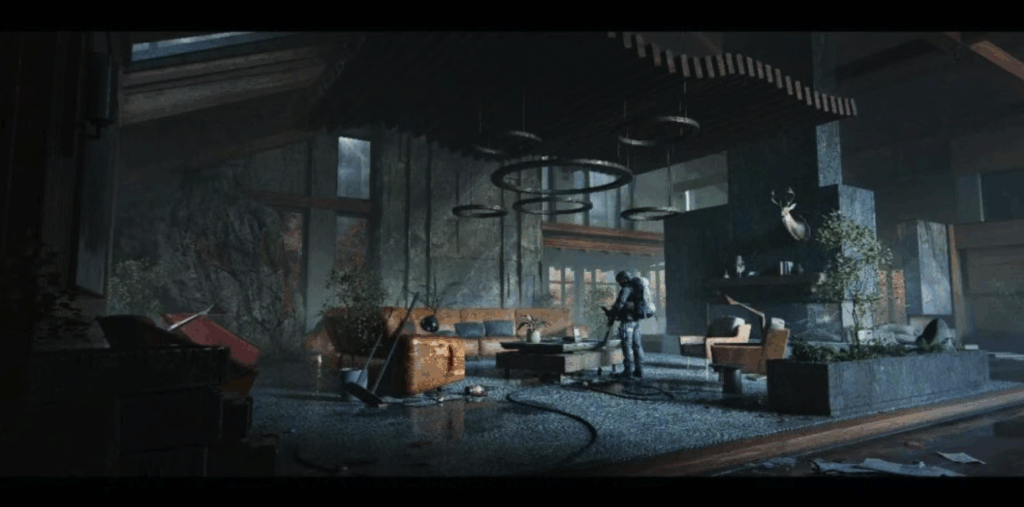
For instance, in the S15 test server, the newly introduced hardcore mode and night mode were inspired by player suggestions. During the pre-match preparation phase, reducing the players' trial-and-error costs is one key improvement. Hardcore gameplay is fun in part because of the preparation process, but if this process itself is inconvenient, the enjoyment turns into a burden.
As a solution, Escape from Tarkov added a free gun modification feature in the S11 training ground to eliminate this burden. It transforms the shooting range into a low-cost experimental lab, allowing players to focus more on tactics and research of weaponry rather than repeatedly calculating economic costs.
Another example is improving the in-game experience fluidity. In the "search" phase, the goal is to stabilise individual match rewards and offer more diverse looting strategies. In the past, high-value items were usually concentrated in a few core areas, leading players either to gamble in high-risk zones or scavenge on the outskirts. Recent season changes, like reinforcing that high-value loot will always spawn in the blocked zones and adding more advanced resource points on the map’s edges, have shattered this setup.
These changes not only provide guaranteed rewards but also enable players to adopt more flexible strategies tailored to the situation and their equipment. The game’s pace and strategic depth have thus become richer.
03 Conclusion
By now, you should understand the growth logic behind Escape from Tarkov's recent performance. This logic can be summed up in one word: consistency. In an industry driven by short-term trends, this consistency stands out. When growth slows down, the typical choice is to introduce new modes and frequent crossovers to attract new users and boost short-term activity.
However, Escape from Tarkov has resisted this temptation. Producer 117 previously told me that the team’s development principle is to be pragmatic. Rather than chasing fleeting trends, they prefer to invest resources into content that may take longer to develop but will have a lasting impact on the core experience.
This focus on long-term content will soon bear fruit. According to the project team, a new map will be launched at the end of the year. The concept art depicts a chaotic modern indoor scene, featuring a sharp contrast between luxurious decor and scattered debris, which may hint at a complex close-quarters combat environment.
This focus also makes them look further into the future of the genre. The Escape from Tarkov team believes that the "Search, Fight, Evacuate" model, as a sandbox experience in each match, has not yet reached its final form, and there is still massive room for evolution and exploration.
So, while many products are expanding horizontally by adding more content, Escape from Tarkov has chosen a vertical path: focusing on its core gameplay and continuously delving deeper.
As Escape from Tarkov's recent market performance demonstrates, this path is not only viable but can also lead to great success. This also reveals a more profound truth: in an age where everyone wants to add a little bit of everything and try everything, focus itself is the rarest and most solid core competitive advantage.




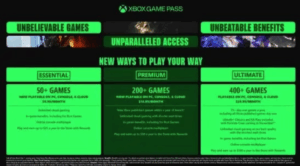
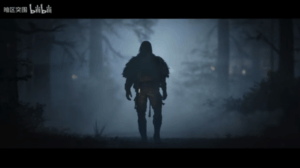

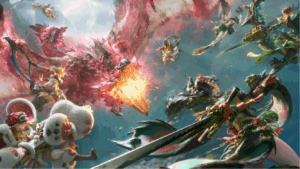
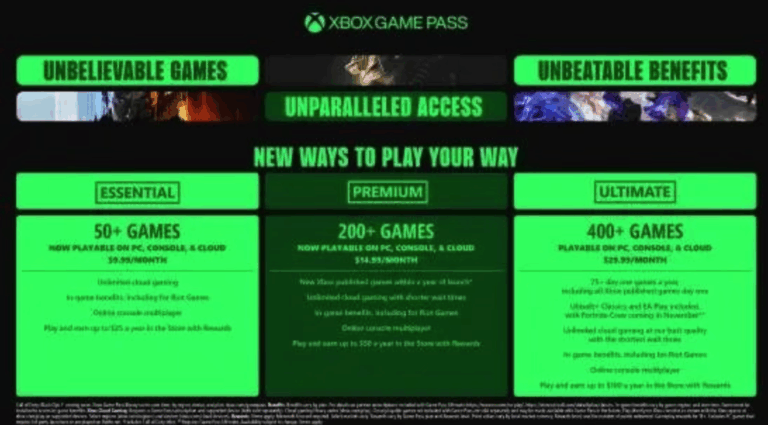

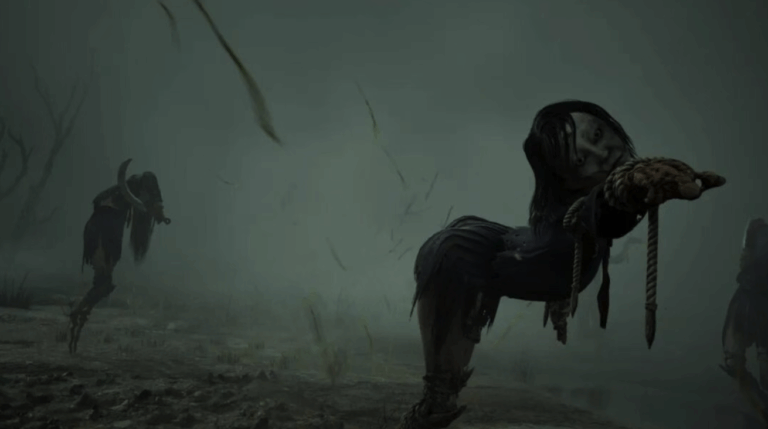




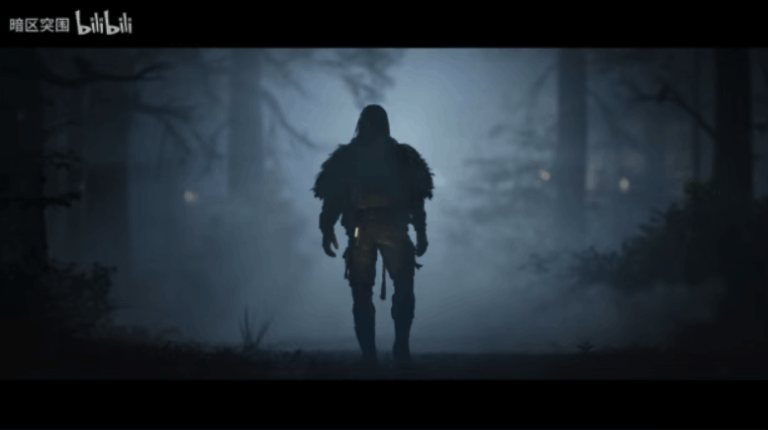
+ There are no comments
Add yours